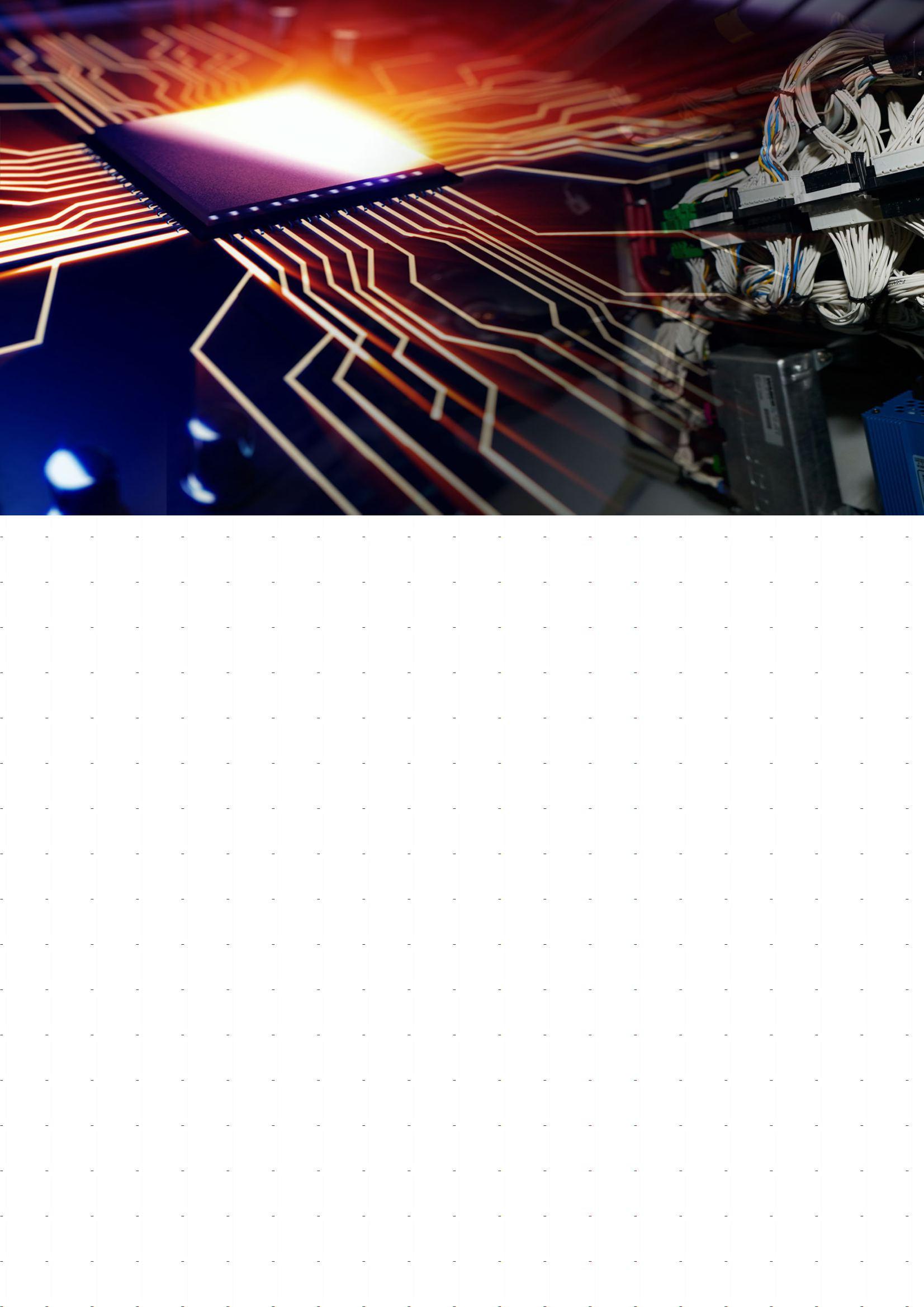
2 minute read
We offer vehicle design and commissioning regardless distances and the global situation
The pandemic had an impact on almost all companies in the market, including ours. It would seem that lockdown, economy slowdown and general despondency will negatively influence the operation of the Research & Development Department - one can say- our business card.
Fortunately, both our engineers were able to adapt to the new situation and our customers were able to meet the pandemic realities. Over the past year, together we have prepared and implemented a number of new projects, as well as we have managed to validate and update the previous ones. The range of the R & D Department services was very wide. It covers production, repair, software development, training sessions, consultancy and design services.
Advertisement
At this moment, the main topics of our design projects are vehicle electrics and electronics.
Together with factory designers, we create the first software versions for tourist buses, both intercity and city buses. We also develop schematic diagrams for electrical wiring and wiring harnesses, which we then assemble in prototype vehicles and start up the electrical installation.
The R&D team is a highly parametrised group of individualists, people with very broad horizons. R&D department consists of professionals with a profound knowledge and a creative approach to new challenges. We want to stress – challenges that are never a problem, but a database of solutions and ideas for innovative solutions.
Each time, before introducing the new product, system or software into the market, we take part in a comprehensive training, both on the technical and commercial field. And there is no question of savings or compromises. For example, the training course on operation and programming of Dana /TM4 electric motors took place at the manufacturer's headquarters in Canada. Classes were conducted in two groups. Technicians had an opportunity to get familiar with the design and capabilities of the electric motors. Training participants could also take part in the workshops, where they could practically get familiar with the powertrain programming and parametrisation.
The second group, the commercial one, focused on getting familiar with the market, customer expectations as well as the possibilities and limitations of electric motors.
For many years, we have been taking part in similar training courses and workshops organised, among others, by Continental company. They are always related with introduction of new solutions and technologies. Such trainings cover all products.
Thus, R&D engineers have the most recent theoretical and practical knowledge, acquired under the watchful eye of system manufacturers, which translates later into the creation of new or implementation of ready-made solutions, compliant with the clients' requirements and expectations.
Projects covers the following issues :
1. Integration of electronic systems on a vehicle - design of connections between vehicle systems for the correct data exchange and system interactions.
2. Selection of parameters for on-board electronic systems - determination of operating parameters, calculation of current loads, etc.
3. Designing connecting diagrams of vehicle electric installations - creation of a database with numbers of wires, fuses, relays, apparatuses, etc., which are essential for creating diagram and designing of wiring harnesses.
4. Design of wiring harnesses for electrical installations - preparation of construction drawings of wiring harnesses for the whole or part of the vehicle.
5. CAN communication design - analysing communication matrix for the correct data exchange and creating new communication for new systems.
6. Software design of the KIBES system
7. Commissioning and diagnostics of the KIBES system on the vehicle.
8. Comprehensive customer service in terms of technical arrangements, design, assembly and commissioning of the prototype.










